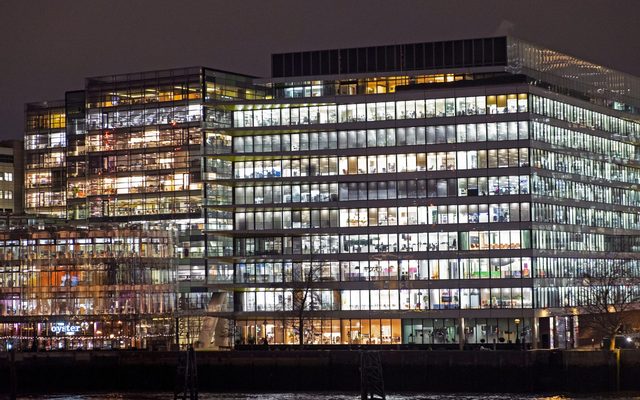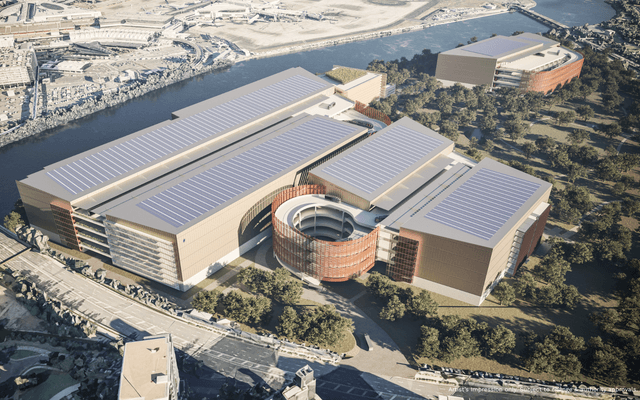This article is from the Australian Property Journal archive
THE Property Council and the Green Building Council of Australia have teamed up to call on governments at all levels to implement incentives and reforms to boost the development of new energy-efficient all-electric buildings.
The report, Every Building Counts: for state and territory governments, was presented in Canberra this week and outlines a series of policy recommendations to help Australia’s built environment reach decarbonisation targets.
The report includes 40 recommendations including the introduction of sustainability planning incentives and density bonuses to accelerate the delivery of energy-efficient all-electric buildings.
“Planning incentives like density bonuses and green door policies would increase the sustainability of new buildings by addressing a primary concern for builders: the expenses, time commitment and unpredictability associated with planning systems,” said Shane Martin, executive director at the Property Council, ACT.
“Increasing the density of residential projects in exchange for more sustainable and higher-performing buildings just makes sense, providing more homes that are comfortable and energy efficient to live in.”
The report recommends incentivising energy efficient and electrification retrofits for existing homes and introducing minimum performance standards for rental properties and mandatory disclosure of energy efficiency at the point of sale.
“Policies and planning incentives that encourage achievement of sustainability benchmarks also open up other opportunities for the market to move at greater pace and scale,” added Martin.
“This would come at a low cost to government, enhance the sustainability benchmarks of Australian buildings and contribute to housing solutions in the midst of a housing crisis.”
Currently, homes that a built to highly efficient, fully electric and powered by renewables are eligible for green mortgages from major banks, while buildings independently certified by sustainability rating tools are typically more attractive to investors.
“Incentives have the potential to accelerate the adoption of energy-efficient and distributed technologies in both new and existing buildings,” said Davina Rooney, CEO at the Green Building Council of Australia.
“We see great examples of what is possible with sustainable, all-electric homes, buildings and communities in the ACT. When state and territory governments introduce policies and incentives to reduce cost barriers for sustainable buildings, we will see this happen at scale.”
The report is also calling for both state and territory governments to commit to achieving zero-carbon-ready new and existing government owned and leased buildings by 2030.
In addition to committing to supporting low-income and vulnerable households and consumers with ongoing assistance and tools, as well as establishing a credible framework for measuring embodied carbon.




